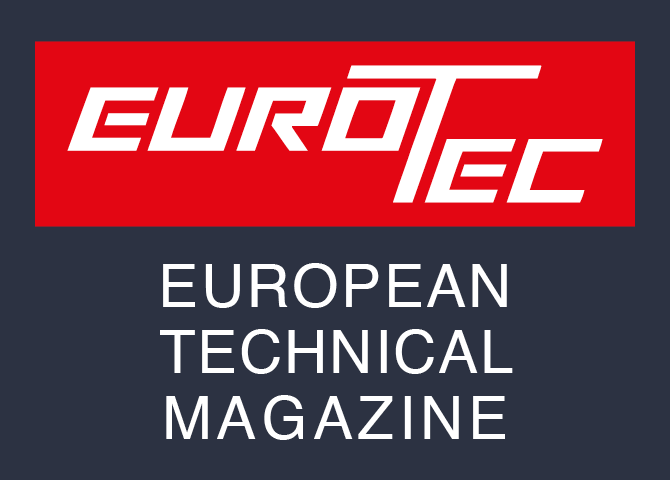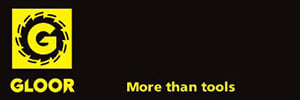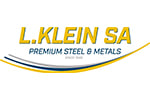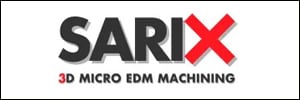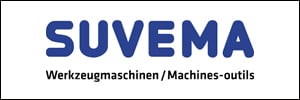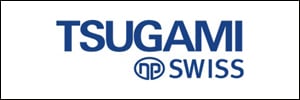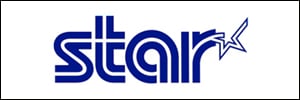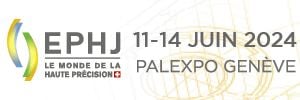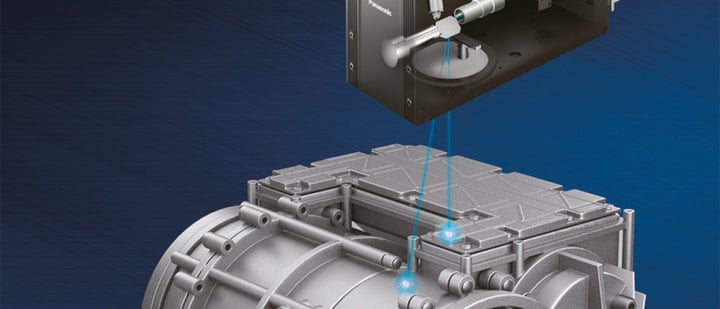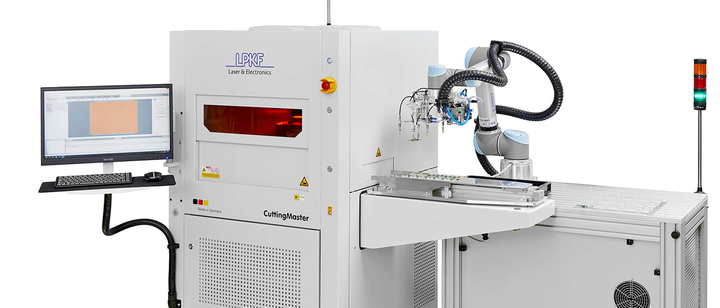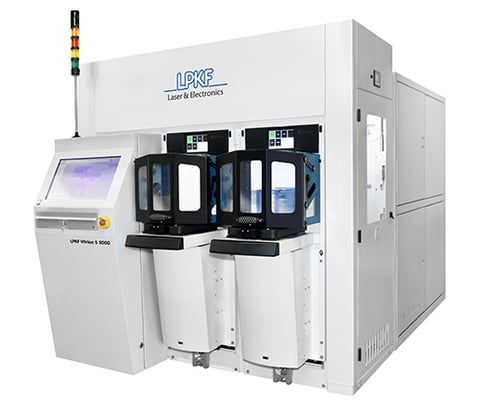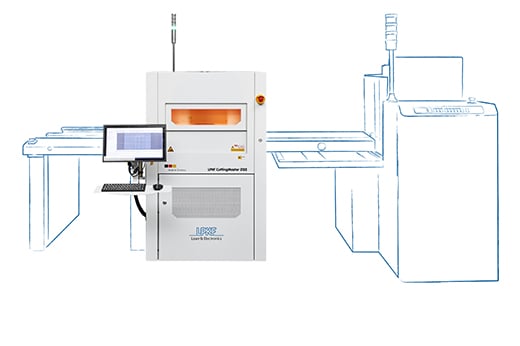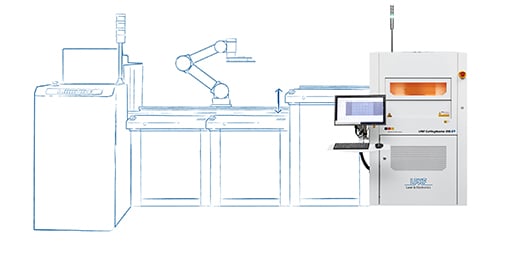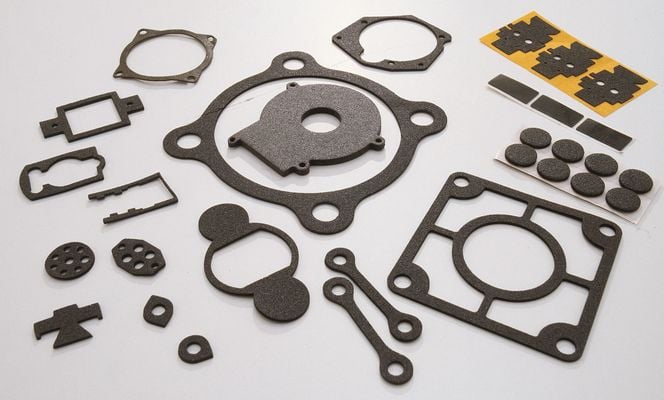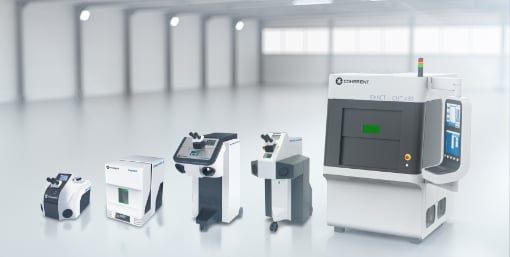Even prior to the COVID-19 pandemic, there were indications of cooling in the laser industry. According to figures issued by the VDMA Working Committee “Lasers and Laser Systems for Material Processing”, both production and incoming orders dropped by about 18 per cent in 2019.
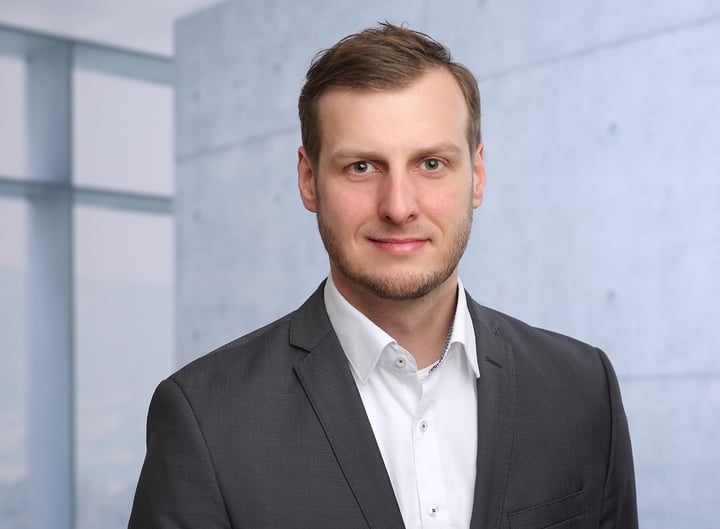
Yet even in the midst of the COVID-19 crisis, there are opportunities to be taken, as demonstrated for instance by applications in the Industry 4.0 field. “As a result of the travel restrictions, digitised solutions are increasingly gaining in significance for a number of fields, including remote services, predictive maintenance, and links to manufacturing execution systems (MESs) in industry,” explained Dr. Christian Schmitz, Chief Executive Officer Laser Technology of TRUMPF GmbH + Co. KG in Ditzingen and chairman of the Working Committee Laser in the VDMA. “And one key foundation is provided by the German laser industry’s work on OPC UA-based interface standards.”
Production and incoming orders sagging
The production of CO2, solid-state, and diode laser systems in Germany dropped in 2019 by nearly 18 per cent under its previous year’s level. Its volume shrank from EUR 1.06 billion to EUR 870 million. Orders suffered a clear 19 per cent loss. The 2019 figures totalled a volume of EUR 1.05 billion. In particular, domestic orders slumped by a third. Although dropping by 16 per cent to about EUR 900 million, the orders from abroad nevertheless remained relatively stable, but are feeling the brunt of the ailing global economy, the structural transformation in the automotive industry, and politically motivated upheavals. Uncertainties as to the outcome of Brexit, the unabated trade disputes between China and the USA, China’s policy towards Hong Kong, and the belligerent election noises in the USA represent but a few factors affecting the many trends behind the unbroken suspense in the pre-COVID-19 global economy. “Despite these huge uncertainties, the order situation has stabilised over recent months, and there are signs of recovery in certain regions,” explained Dr. Schmitz. “Yet the COVID-19 crisis will continue to keep us busy: We still have no clear overview of the first-wave effects, including imminent recession, default payments, the lopsided balance of some customers, etc. Not only that, but further shutdowns can dampen the economy even further.”
Europe still largest market for laser systems
The year 2019 saw a collapse in the exports of Germany’s laser systems manufacturers. Whereas, in 2018, laser systems totalling EUR 950 million were exported, this value dropped by 18 per cent to EUR 782 million. Claiming just under 61 per cent, Europe defended its title of largest market, followed by China with 14 per cent. Japan, the USA, and others represent the remaining quarter of exports.
Plug and play solutions for Industry 4.0: vocabulary needed for universal language
The contents of the work pursued by Germany’s laser industry focus on solutions for the launch of Industry 4.0. Its success hinges on the open-source exchange of production data. With this objective in view, the companies are currently forcing the development of an OPC UA-based interface standard in the form of a plug and play solution for vertical communication.
As Europe’s largest industrial association, VDMA has adopted a leading role in the elaboration of so-called OPC UA companion specifications because the results delivered by no fewer than 3,300 member companies can be bundled. And the Working Committee “Lasers and Laser Systems for Material Processing” also became active towards the end of 2019. Co-authored by the University of Stuttgart, a white paper was released that provided the key accounts of laser sources and systems with the progress of developments in the companion specifications.
"Industry 4.0 is based essentially on the communication capabilities of differing process and production stations,” replied Dr. Alexander Arndt, Manager of Digitalization and Process Design at Laserline GmbH in Mülheim-Kärlich, when asked to describe the objective he is targeting together with his working group. “Used all over the world, the communication standard OPC UA offers an all-encompassing potential for the cross-platform exchange of data between the most diverse machines, equipment, and control systems. The need for Industry 4.0-compatible communication, via OPC UA, is also being felt by the laser industry, which is why the members are now working towards expanding the existing OPC UA companion specifications for their application to laser systems as well.” Dr. Schmitz of TRUMPF GmbH + Co. KG added: “At the same time, OPC UA fulfils customer requirements for a modern communication architecture and IT security aspects. This will be the key to the IT-compliant integration of laser systems in customers’ production networks, providing the foundation for enhanced Industry 4.0 potential with respect to productivity, availability, and quality assurance.”
Background
VDMA Working Committee “Lasers and Laser Systems for Material Processing”. The Working Committee “Lasers and Laser Systems for Material Processing” (AG Laser) represents the interests of 31 companies before politics, business partners, the interested public, and the media. The member companies include leading manufacturers of both laser sources and laser machining systems. This AG Laser profile is complemented with producers of components specific to laser technologies. An independent organisation within VDMA (Verband Deutscher Maschinen- und Anlagenbau, or German Engineering Federation), AG Laser has been the proactive voice of Germany’s laser industry since 1988. With about 3,300 members from Germany and other EU (including EFTA) nations, VDMA is the largest industrial association in Europe.
